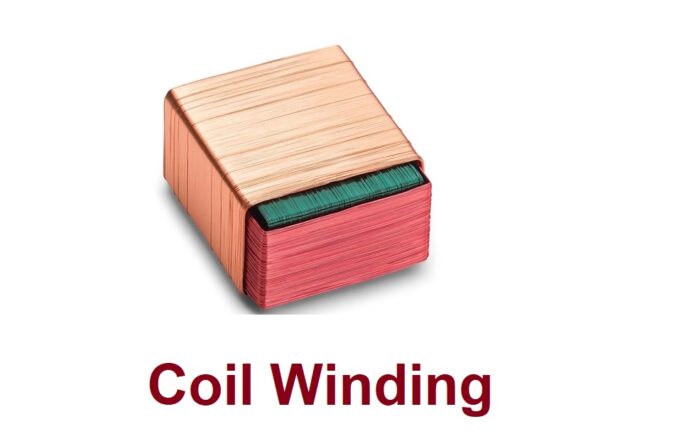Since the expansion of micro coil medical devices has accelerated the demand for non-invasive surgeries — Micro coil winding has become essential in medical technology. Most copper coils used in the micro coil winding process have insulated wires. The procedure requires that the wire should not come into contact with itself while it is twisted all over a core. The wire is initially isolated or coated with insulation before being twisted over a core
Thus, if you want to learn more about the way medical coil winding is used in the medical profession, keep reading! In this article, we discuss about the medical coil winding process – which can give you a brief overview.
How are the coils different from each other?
The primary distinction between coils is in their shape, and hence their electrical properties too. It may be winded into the following shapes — round, elliptical, and rectangular.
Take note that the coil’s inner and outer sizes are critical!
How is the Micro coil winding executed for Sensors?
The size is the most important factor to consider while winding medical-grade coils. To implant a coil into a vein, for instance, the coil must be less than 0.8 mm in size, along with the coating of the wire.
Coils are constructed by looping the insulated copper wire around a core. However, these may also be coreless and self-bonded, or they can be winded around a pattern like a rectangle — The rectangular structure is eventually eliminated, yielding a rectangular-shaped coil.
Thus, this causes the employment of highly sophisticated apparatus which must be developed and manufactured throughout.
Currently, several companies are still working on developing a winding coil with a wire that is finer than 8 microns, which will be the world’s first nano-coil.
Preparation of the Micro Coil: An insight into the process medical coil winding process
Micro coil manufacturing requires advanced knowledge in terms of winding the micro coil and advanced machinery. You can’t just go out and purchase a piece of equipment that can wind micro-coils, as it requires thorough engineering skills that can help the manufacturing from ground-up.
The growth of custom requirements has resulted in the requirement of custom-made machines for medical coil winding. Professionals create inductive components and offer interconnection within micro medical devices using ultra-fine wires — and this entails the collaboration of different machining technologies.
These technologies are inspired from a variety of ways for handling copper and certain other metal wires of any dimension, from the smallest sequentially produced size. Winding wires 5 to 10 times finer than human hair is a difficult task. The intended ultimate form of the coiled-coil is bound by a large range of physical and environmental parameters. The acceptability standards are quite high, thus making the manufacturing process quite critical. As a consequence, only a few firms worldwide have the technological expertise to sequentially, fabricate coils which are so thin.
The application of thermo-compression bonding has improved the medical coil winding process, thus enhancing the development of medical devices too. Overall, the future is quite bright – as the technological advancements are quite rapid.


